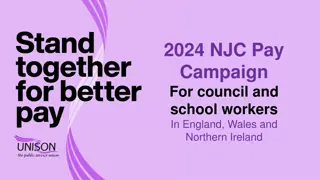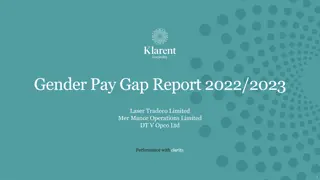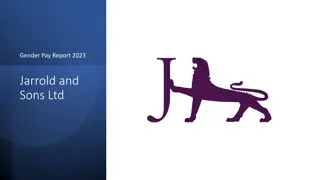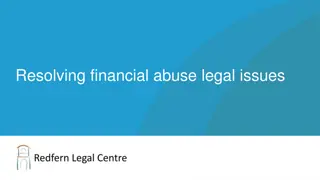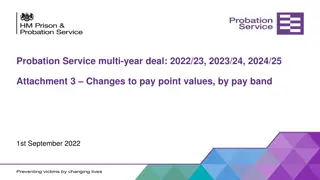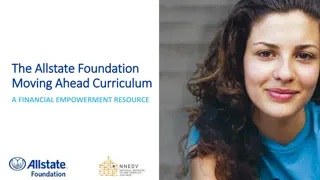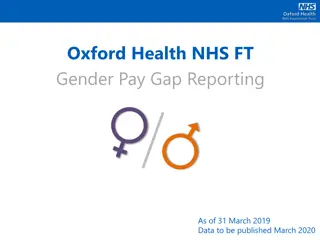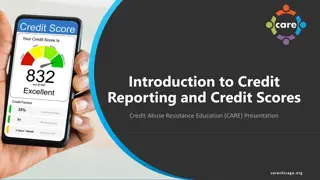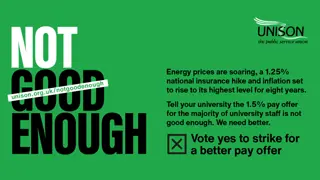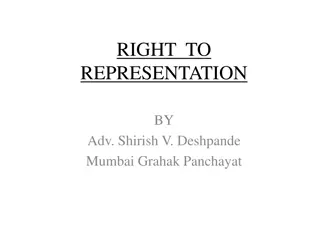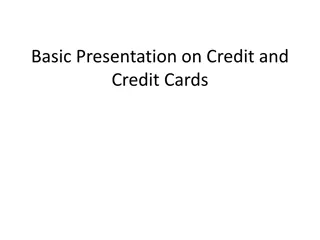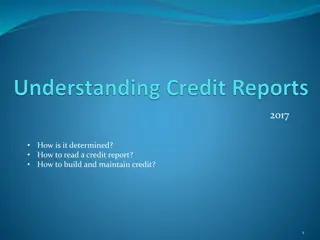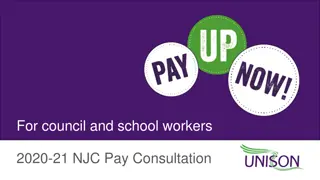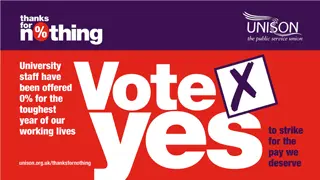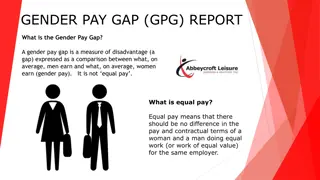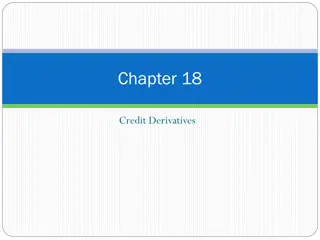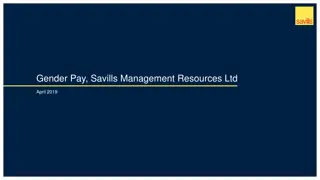Understanding Consumer Credit: Buy Now, Pay Later and More
In this webinar series, Dr. Julie Heath discusses the importance of consumer credit and the implications of buying on credit. Through real-life scenarios involving high school seniors and college students facing financial decisions, students are encouraged to weigh the pros and cons of using credit. They learn about the benefits and costs associated with buying on credit and receive practical advice on making informed financial choices.
Download Presentation

Please find below an Image/Link to download the presentation.
The content on the website is provided AS IS for your information and personal use only. It may not be sold, licensed, or shared on other websites without obtaining consent from the author. Download presentation by click this link. If you encounter any issues during the download, it is possible that the publisher has removed the file from their server.
E N D
Presentation Transcript
National Personal Finance Challenge Webinar Series Standard 4: Using Credit Lesson 1: Consumer Credit: Buy Now, Pay Later and More Presented by Dr. Julie Heath julia.heath@uc.edu julia.heath@uc.edu
Tell students there is a lot to know about credit, and that buying on credit isn t necessarily bad. https://player.vimeo.com/video/248483852
1. What decision are you trying to make? 2. What are your goals that will be accomplished with your decision? 3. What are the alternatives? 4. Benefits of buying with credit 5. Costs of buying with credit
is a high school senior. Her parents gave her a credit card and told her that she may use the card only in case of an emergency. As she was walking across the Mall, she saw the perfect dress for the senior prom in a store window. The prom is 2 weeks away. The dress is $125. The sign in the window read One day only, all items 25% off ticket price One day only, all items 25% off ticket price. Jennifer s grandmother, a dressmaker, told her if she needed a special dress, she would be happy to sew it for her. What should Jennifer do?
spends much of each day in his car commuting from home to school to work. His parents gave him a credit card to be used only for emergencies. Recently, the sound system in his car went on the blink. He enjoys listening to music on his long drives. He went to the repair shop and was told it would cost $75 to diagnose the problem. To fix it, he would have to pay an additional cost for labor and parts. The repair person said they had a special sale on parts for $150. What should Tony do?
is a college student who had volunteered to drive three members of her debate team to the state championship in a city 75 miles away. As they were approaching a small town halfway there, they stopped at a fast-food restaurant to get something to eat. When they got back into the car, the car would not start. They got out and pushed the car to the gas station next door. Sarah was told her battery was dead and a new one would cost $80. If they pooled their money they would have just enough to buy the battery. Sarah could have the car jump started and hope that the battery would recharge during the rest of the trip. She has a credit card and she s responsible for paying all her bills. What should Sarah do?
is an honors pre-med student at the state university. He is on a very limited budget. Each semester, he charges his tuition and fees. He pays for his books with money in his savings account, which has only $30 left. One of his professors strongly recommended that he purchase books on an optional reading list that cost $250 to better prepare him for medical school entrance exams. A high score on the exam may help Jason get a scholarship to attend medical school. What should Jason do?
The annual fee. Some credit cards charge an annual fee, and some do not. The amount of the annual fee may vary from card to card. Most people who have a strong credit record can find cards that do not charge an annual fee. Other fees. Credit cards usually charge stated fees for late or missed payments, going over your credit limit, or making certain transactions such as cash advances. The annual percentage rate (APR). The APR can vary from card to card by several percentage points. Furthermore, some credit cards offer a low APR for the first few months and then increase it after three or six months. The APR on cash advances often differs from the APR for purchases. The grace period. This istheamountoftime acardholderhastopaythecredit card balance without paying interest. The longer the grace period, the more interest-free days the cardholder has. If the entire balance is paid within the grace pe- riod, no interest is due. The credit limit. This is the maximum amount of money a cardholder can charge. A higher credit limit gives the cardholder flexibility but can also lead to credit card balances that are difficult to pay off.
Capacityability to pay back the loan (sometimes debt/income ratio) Collateral assets that can act as security for the loan in case of default Character reflected by credit history Capital amount of money applicant has Conditions the purpose of the loan, interest rate environment, amount
Kahoot: https://create.kahoot.it/share/buying-on-credit-video-and- quiz/f3e00f43-b16f-447b-9e88-3005c27637cf Kahoot: https://create.kahoot.it/share/credit-decisions-video-and- quiz/82b282a7-2518-4e5f-abf5-82a53fc9322e Video: https://player.vimeo.com/video/248484029
References National Standards for Financial Literacy https://www.councilforeconed.org/resource/national- standards-for-financial-literacy/#sthash.11CbykLO.dpbs Consumer Credit: Buy Now, Pay Later, and More In Virtual Economics, Personal Decision Making: Focus on Economics, Lesson 10
CEE Affiliates https://www.councilforeconed.org/resources/local-affiliates/


